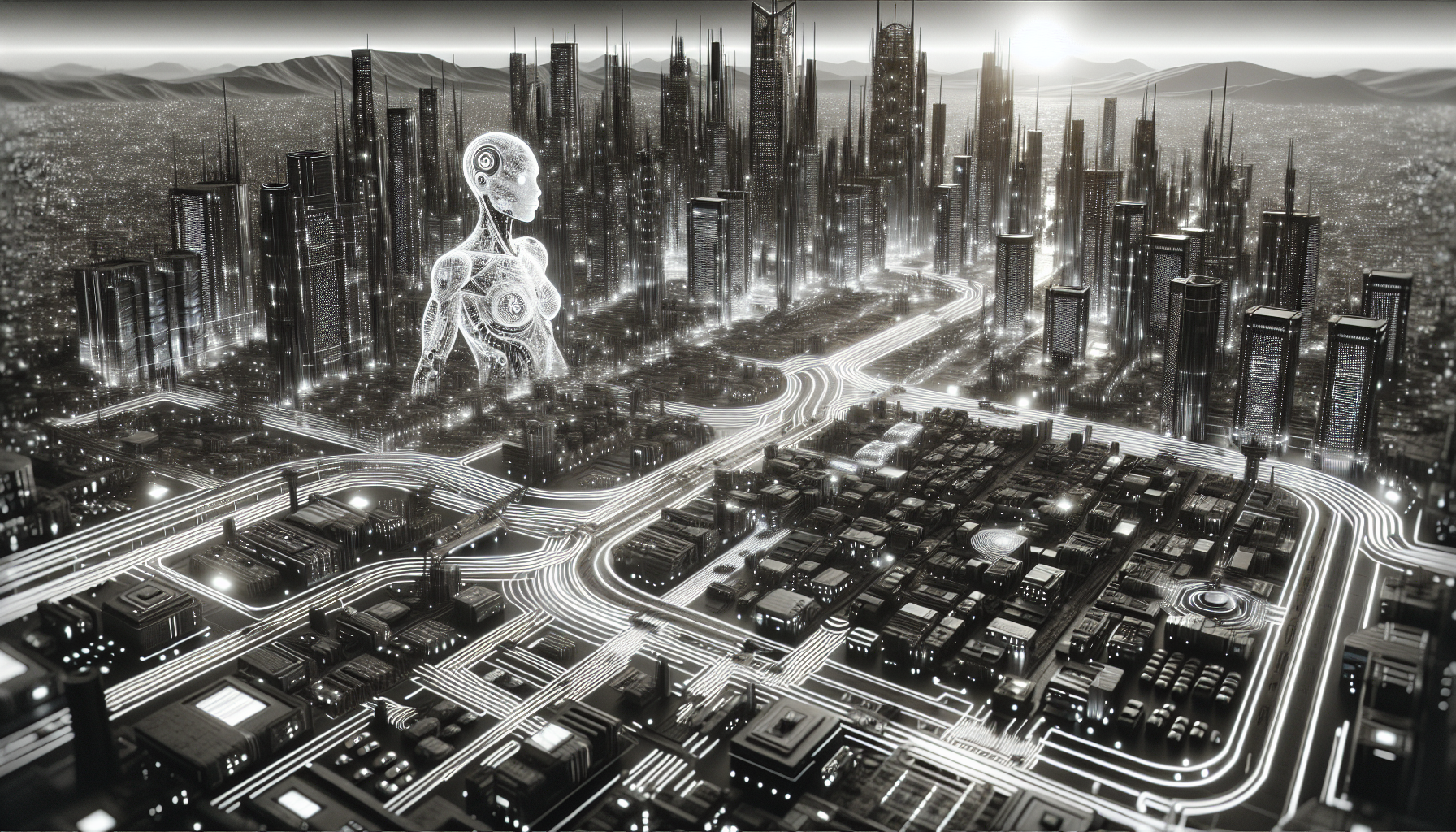Elon Musk's First Public Tesla All Hands: A Glimpse Into the Future
Elon Musk has never been one to shy away from bold predictions. But his first-ever public Tesla All Hands meeting wasn't just about vision-it was about execution. From AI-driven automation to a radical shift in vehicle production, Tesla is positioning itself for a future that could redefine transportation, robotics, and even the nature of work itself.
The Model Y's Continued Dominance
Tesla expects the Model Y to remain the world's best-selling car for a third consecutive year in 2025. This isn't just a testament to its popularity but also to Tesla's ability to scale production efficiently. With demand still strong, the company is doubling down on its strategy to make the Model Y the cornerstone of its fleet.
Optimus: Tesla's AI-Powered Workforce
The Optimus humanoid robot is no longer a distant dream. Tesla plans to build several thousand units by the end of 2025, with production ramping up to 50,000 units in 2026. Initially, these robots will be deployed in Tesla's factories, but by mid-2026, they could be available for employees and shareholders. Musk envisions tens of millions of Optimus units in the coming years, fundamentally altering labor markets.
Autonomy and the Path to Sustainable Abundance
By 2026, Tesla expects to have over 10 million vehicles on the road, all capable of becoming fully autonomous with a single software update. This shift could create a vast network of self-driving cars, drastically reducing transportation costs and increasing efficiency. Musk believes autonomy is the key to achieving "sustainable abundance," where AI and automation drive down costs while improving quality of life.
Dojo and Cortex1: The AI Powerhouses
Tesla's AI ambitions hinge on its in-house supercomputers. Dojo, Tesla's custom-built AI training system, currently handles 5-10% of the company's training load. However, Dojo 2, expected in 2025, will be ten times more powerful, potentially replacing NVIDIA chips. Meanwhile, Cortex1, one of the most powerful AI training systems globally, is accelerating Full Self-Driving (FSD) development.
Autonomous Vehicle Production
In a major breakthrough, Tesla's cars can now drive themselves from the end of the factory line to the distribution center-about two miles-at both the Fremont and Austin facilities. This is a small but significant step toward a fully automated production and delivery process.
Cybercab: A Manufacturing Revolution
One of the most intriguing revelations was the Cybercab, a vehicle that could be produced in just five seconds. The key challenge? Cooling the metal fast enough. If Tesla can solve this, it could revolutionize car manufacturing, making production faster and more cost-effective than ever before.
FSD Safety: A Tenfold Improvement
Musk reiterated Tesla's goal of making Full Self-Driving ten times safer than human drivers. With billions of miles of real-world data and continuous AI improvements, Tesla is confident that its autonomous system will surpass human capabilities in the near future.
The Future of Work: Humans and AI
As automation increases, traditional jobs will evolve. Musk suggested that taxi drivers, for example, might transition into managing fleets of CyberCabs rather than driving them. The shift toward AI-driven automation doesn't mean job losses-it means job transformation.
Beyond Cars: High-Speed Transport and the Tesla Semi
When asked about electric vertical takeoff and landing (eVTOL) aircraft, Musk pivoted to vacuum tunnels for high-speed trains, arguing they are faster and more efficient than planes. Meanwhile, the Tesla Semi factory is on track to produce 50,000 units per year, furthering Tesla's push into sustainable freight transport.
With Tesla's relentless focus on AI, automation, and efficiency, the company is not just building cars-it's shaping the future of transportation, labor, and technology itself. The next few years will determine whether Musk's vision of sustainable abundance becomes reality, but if history is any guide, Tesla is just getting started.
